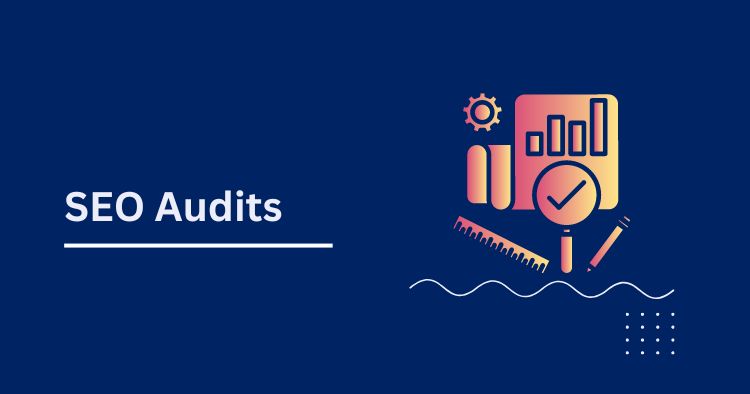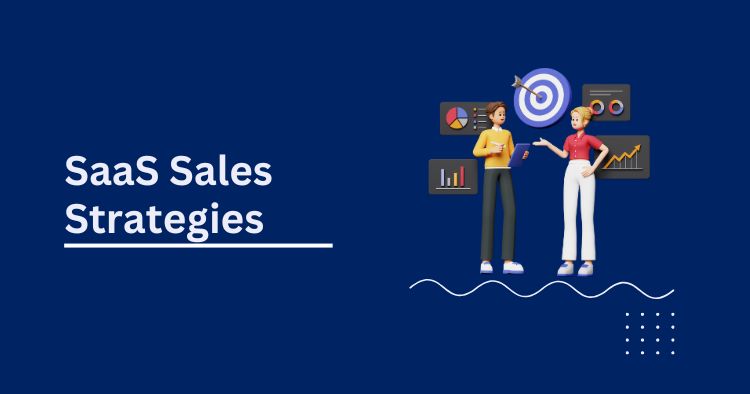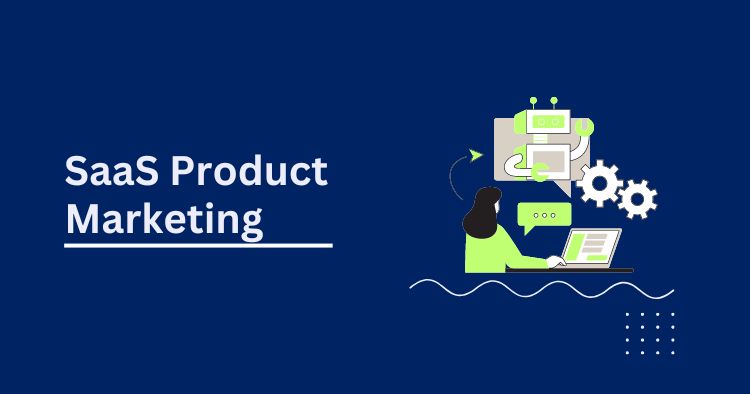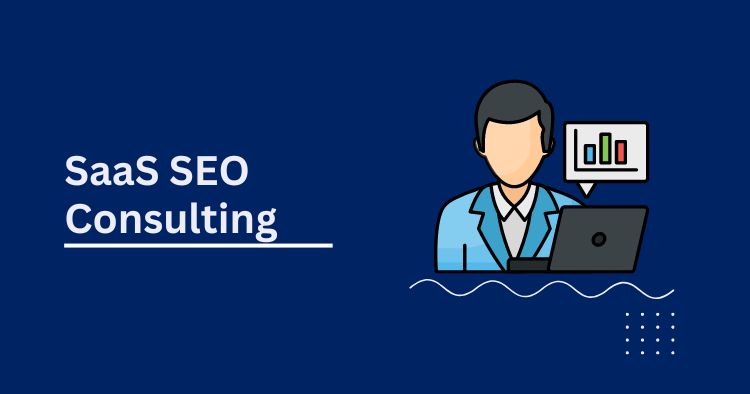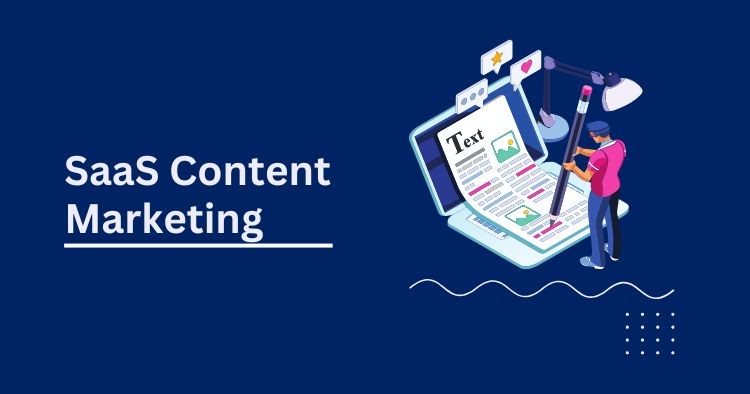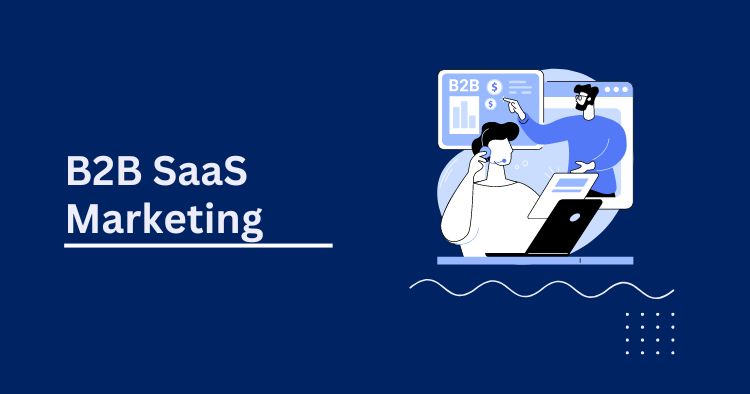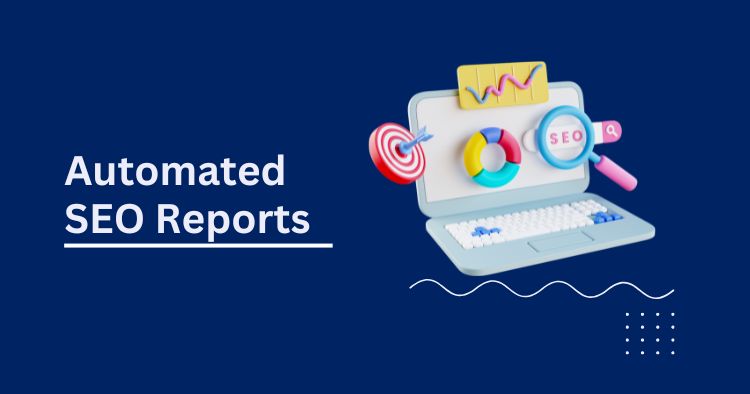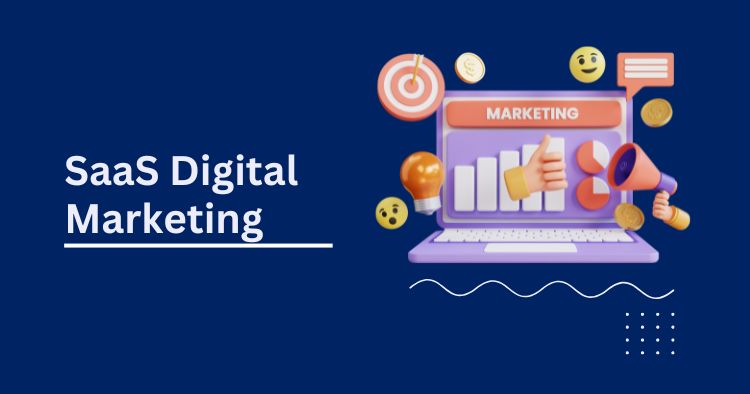SEO Audits: A Comprehensive Guide
In the ever-evolving landscape of digital marketing, the importance of SEO audits cannot be overstated. As businesses strive to carve out their space in the online world, understanding and implementing effective SEO strategies become paramount. This comprehensive guide aims to demystify the concept of SEO audits, offering insights and actionable steps to elevate your website’s performance and search engine rankings. Understanding the Essence of SEO Audits At its core, an SEO audit is a thorough examination of your website’s alignment with best practices in search engine optimization. It’s akin to a health check-up for your website, identifying areas of strength and diagnosing issues that may be hindering your online visibility and user engagement. By conducting regular SEO audits, you can ensure that your website not only adheres to the latest SEO standards but also provides an optimal experience for your users. The Pillars of a Successful SEO Audit A comprehensive SEO audit encompasses several key components: Technical Analysis: This involves assessing the technical infrastructure of your website. It includes checking site speed, mobile responsiveness, crawlability, and security aspects. Ensuring that your website is technically sound is crucial for both user experience and search engine crawling. On-Page Analysis: This focuses on elements within your website, such as content quality, keyword optimization, meta tags, and URL structure. On-page factors play a significant role in how search engines understand and rank your content. Off-Page Analysis: This examines factors external to your website, primarily backlinks. The quality and quantity of backlinks to your site significantly impact your domain authority and search rankings. Competitive Analysis: Understanding your competitors’ SEO strategies can provide valuable insights. Analyzing their keyword targeting, content strategy, and backlink profile can help you identify opportunities and gaps in your own strategy. Step-by-Step Guide to Conducting an SEO Audit Start with a Crawl: Use tools like Google Search Console or Screaming Frog to crawl your website. This will help you identify technical issues such as broken links, crawl errors, and duplicate content. Evaluate Site Structure: Ensure that your website has a logical structure, with a clear hierarchy and navigation. This not only helps users navigate your site but also aids search engines in understanding your content. Analyze Keywords: Conduct thorough keyword research to identify the terms your target audience is using. Ensure these keywords are appropriately used in your content, titles, and meta descriptions. Assess Content Quality: Evaluate the relevance, uniqueness, and engagement of your content. High-quality, informative content is more likely to rank well and attract visitors. Check Mobile Responsiveness: With mobile traffic increasingly dominating user behavior, ensure your website is mobile-friendly. Review Backlinks: Analyze the quality of backlinks pointing to your site. Aim for high-quality, relevant links as they are a strong ranking factor for search engines. Benchmark Against Competitors: Compare your website with competitors in terms of keyword usage, content quality, and backlink profile. This can help you identify areas for improvement. On-Page Optimization: A Key Focus Area Effective on-page optimization is crucial for SEO success. This includes optimizing title tags, meta descriptions, header tags, and images. Ensure that each page has a unique title and description, uses header tags effectively, and that images have descriptive alt tags. Additionally, internal linking within your site can significantly boost SEO by helping search engines discover new pages and understand the structure of your site. Monitoring and Adapting: The Ongoing Process SEO is not a set-it-and-forget-it strategy. Regular monitoring and adaptation are essential. Keep track of your website’s performance using tools like Google Analytics and SEMrush. Monitor your rankings, organic traffic, and user behavior to understand the impact of your SEO efforts. Be prepared to adapt your strategy based on these insights and the ever-changing landscape of search engine algorithms. Conclusion: Embracing the Journey of SEO Excellence Embarking on the journey of SEO audits and optimization is a commitment to continuous learning and adaptation. It’s about understanding the nuances of search engine algorithms, user behavior, and the digital ecosystem. By embracing this journey, businesses can unlock their full potential in the digital space, ensuring their website not only reaches but resonates with their target audience. Remember, SEO is a marathon, not a sprint. It requires patience, persistence, and a willingness to evolve. With the right approach and mindset, SEO audits can be the compass that guides your website to the pinnacle of digital success. What is saas digital marketing | Best ai photo enhancer tool | What is enterprise saas seo | What is Generative AI | What is Artificial Intelligence | What is Wix Login | What is saas email marketing | Saas content marketing | What is saas lead generation | What is seo audit | What is saas marketing strategies | What is saas product marketing | best seo agency | What is automated local seo | growth marketing for saas | top ai essay writer | saas marketing automation tools | saas sales strategy | Automated SEO Reports | What is keyword analysis | saas seo consulting | b2b saas seo | seo link building strategies | Small Business seo with ai | How to use ai for seo | b2b saas marketing | Wix Landing Page | Future of SEO Frequently Asked Questions What is an SEO audit? An SEO audit is a comprehensive evaluation of your website to assess its performance in search engine rankings. It involves analyzing technical aspects, on-page elements, and off-page factors to identify strengths and areas for improvement. How often should I conduct an SEO Audit? It’s recommended to conduct an SEO audit at least twice a year. However, if your website undergoes significant changes or if there are major updates in search engine algorithms, more frequent audits may be necessary. Can I perform an SEO Audit myself? Yes, you can perform a basic SEO audit yourself using tools like Google Analytics, Google Search Console, and various online SEO audit tools. However, for a more comprehensive audit, professional expertise or advanced tools might be required. What are the key components of an
SEO Audits: A Comprehensive Guide Read More »

